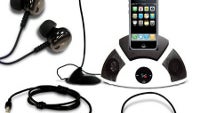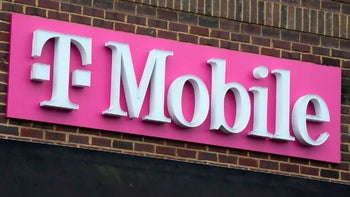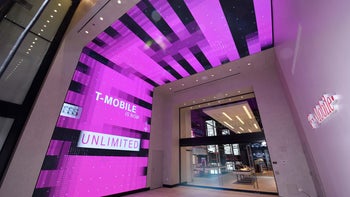Users spend twice as much on smartphone accessories than on feature phone supplementaries

The booming smartphone penetration is the engine of growth for a number of industries and accessories are probably the most obvious one. In 2012, the smartphone accessory industry will generate revenues of around $20 billion, more than a half of the $36 billion phone industry. And in five years, this number will grow to $38 billion in revenue measures.
But what’s interesting is not the pure number but the very essence of smartphone accessories. Unlike their feature phone counterparts which are more of a phone apparel type of product, the smartphone accessories are more sophisticated, with the possibility of them ending up being used a service or as the means to a service.
Also, smartphone users will spend an average $56 on accessories while for feature phone owners this figure only stands at $28 per device.
“The increasing penetration of smartphones is driving a shift in accessory design toward smart accessories that drive higher levels of consumer interaction, product value, and brand recognition,” ABI analyst Michael Morgan concludes in a research study.
“For new market entrants, developing brand recognition is paramount in capturing market share from the incumbents. This is best accomplished by the development of engaging, innovative accessories that extend the value proposition of today’s mass market accessories.”
Smartphone Accessory Revenues Valued at $20 Billion in 2012
NEW YORK – June 18, 2012
Smartphones will drive $20 billion in aftermarket accessory revenues in 2012, accounting for more than half of the $36 billion that all aftermarket handset accessories will produce. By 2017, smartphone accessories will grow to $38 billion in revenues, while feature phone accessory revenues decline to $12 billion.
“The increasing penetration of smartphones is driving a shift in accessory design toward smart accessories that drive higher levels of consumer interaction, product value, and brand recognition,” says Michael Morgan, senior analyst, devices, applications & content. “For new market entrants, developing brand recognition is paramount in capturing market share from the incumbents. This is best accomplished by the development of engaging, innovative accessories that extend the value proposition of today’s mass market accessories.”
Feature phone consumers will spend an average of $28.17 on accessories per device, while smartphone owners will spend $56.18 on accessories per device. The difference in spending is driven by a combination of consumers spending more per accessory and purchasing more accessories for smartphones as compared to feature phone owners.
While feature phone accessories tend to be basic commodity-type products, smartphone-focused accessories are increasingly looking to leverage on device applications and communication protocols that can increase the design complexity and allow the accessories to become service delivery platforms.
“As smartphones continue to expand the value of mobile handsets, accessories will need to equally deliver higher levels of product engagement, customization, and predict consumers’ shifting mobility use cases,” adds Jeff Orr, practice director, devices, applications & content.














Things that are NOT allowed: